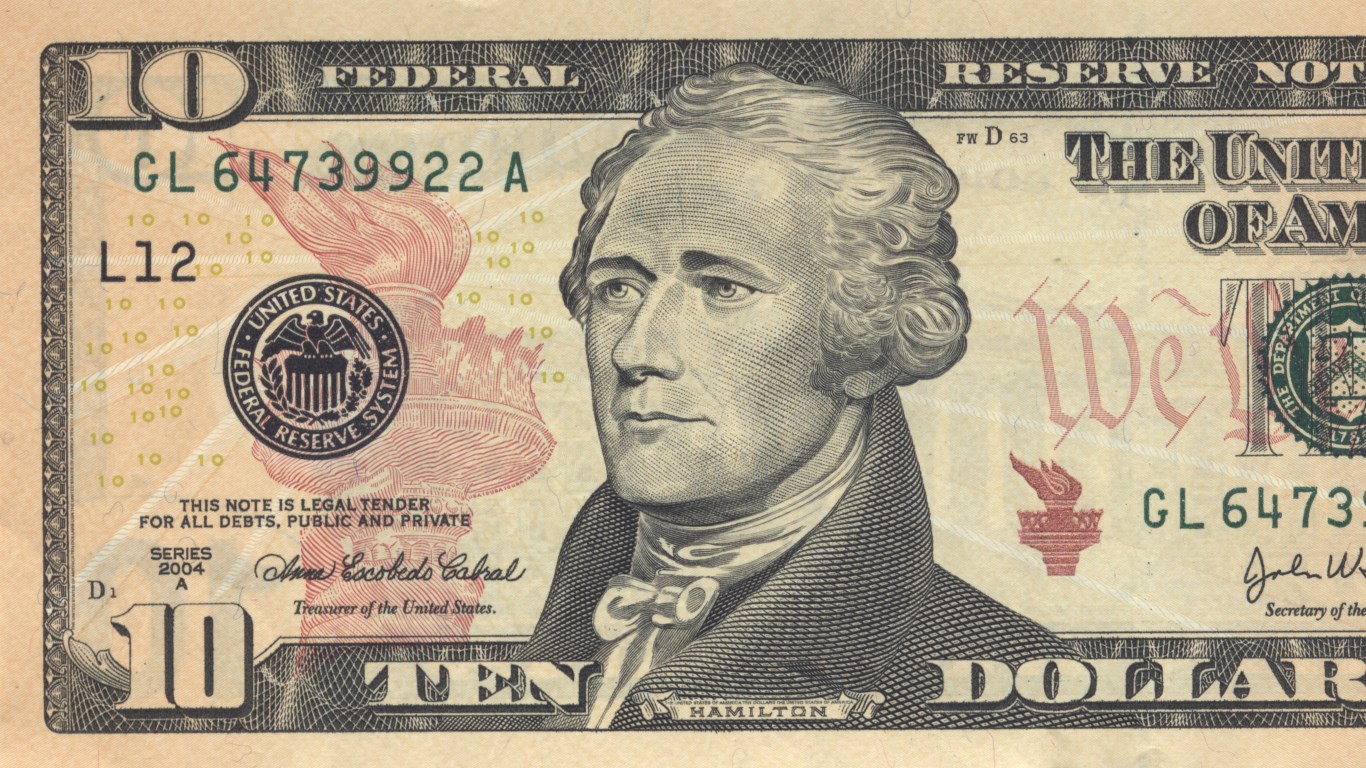
Saudi Arabia and Russia, with a push from the United States, have agreed to reduce oil production by 9.7 million barrels a day beginning in May. The deal presumably averts further erosion in crude oil prices that had dropped below $20 a barrel for U.S. benchmark West Texas Intermediate (WTI) crude.
The agreed cuts include 3.7 million barrels a day in production cuts from the United States, Canada and Brazil. The cuts will come as low prices force more wells to be shut-in. None of the three will mandate cuts.
The agreement had little impact on WTI or Brent prices early Monday morning, with WTI up less than 1% and Brent up about 0.2%.
Cutting nearly 10% of global crude production of around 100 million barrels a day is not enough to boost prices. Demand for oil may have dropped by as much as 30%, due in large part to the economic slowdown caused by the coronavirus pandemic.
The cuts may be enough to keep global oil storage tanks from overflowing, but only temporarily. The deal appears to have been based on a relatively quick end to the economic slowdown and a rather quick restart of the global economy. That may happen, but it also may not happen.
Roger Diwan, vice president of financial services at IHS Markit, commented:
On a global basis, these cuts remove the specter of an aggressive price war and lowers the likelihood that global tank tops will be breached but does not solve the distress physical markets are likely to face in May and June.
The record differentials between global benchmarks and physical prices reflect the dual reality of hope and despair. Regional benchmarks and well-head prices will continue to show further discounts and are likely to force shut-ins above and beyond the supply agreement. The 3.7 [million barrel per day] announced declines by the United States, Canada and other producers reflect these distressed economics.
Saudi Aramco on Monday released its official selling prices for its customers. May prices for Arab Light grade crude to U.S. customers have been increased by $3.00 a barrel month over month, have fallen by $4.20 a barrel to Asian customers and have remained unchanged to customers in northwest Europe.
U.S. producers get some relief with the increase, but Saudi Aramco is continuing to increase market share in Asia by reducing prices even further. Prices for northwest Europe did not change, but they were already set at $10.25 a barrel below the Brent average. The Saudis have been stockpiling crude in Egypt and that oil eventually will go on to Rotterdam and other European ports.
The agreement generally has been viewed as a plus for the Saudis and the Americans and a defeat for the Russians. That’s because the Russians have agreed to slice 2.5 million barrels a day from production, five times more than they refused to cut in early March. Russian producers also face having to compete with cheap Saudi oil to win back traditional European customers.
The U.S. oil industry’s attitude toward the agreement may be summed up in comments from Mike Sommers, CEO of the American Petroleum Institute:
We welcome today’s announcement of an agreement by other producing nations to follow the lead of the global marketplace – and U.S. producers – to reduce supply to align with lower energy demand as [a] result of the pandemic. This is a significant agreement that will foster increased stability in energy markets to the benefit of both American energy consumers and producers. … In the U.S., market conditions have led U.S. producers to reduce U.S. oil production to meet historic drops in demand. … Significant challenges remain in the weeks and months ahead for our sector and nearly every other; however, U.S. oil and natural gas – and the American workers who produce, transport, service, refine and ship it – will be critical to enabling our economic recovery.
The oil price war of 2020 has reached only a cease-fire, not an end.
100 Million Americans Are Missing This Crucial Retirement Tool
The thought of burdening your family with a financial disaster is most Americans’ nightmare. However, recent studies show that over 100 million Americans still don’t have proper life insurance in the event they pass away.
Life insurance can bring peace of mind – ensuring your loved ones are safeguarded against unforeseen expenses and debts. With premiums often lower than expected and a variety of plans tailored to different life stages and health conditions, securing a policy is more accessible than ever.
A quick, no-obligation quote can provide valuable insight into what’s available and what might best suit your family’s needs. Life insurance is a simple step you can take today to help secure peace of mind for your loved ones tomorrow.
Click here to learn how to get a quote in just a few minutes.
Thank you for reading! Have some feedback for us?
Contact the 24/7 Wall St. editorial team.
 24/7 Wall St.
24/7 Wall St.



